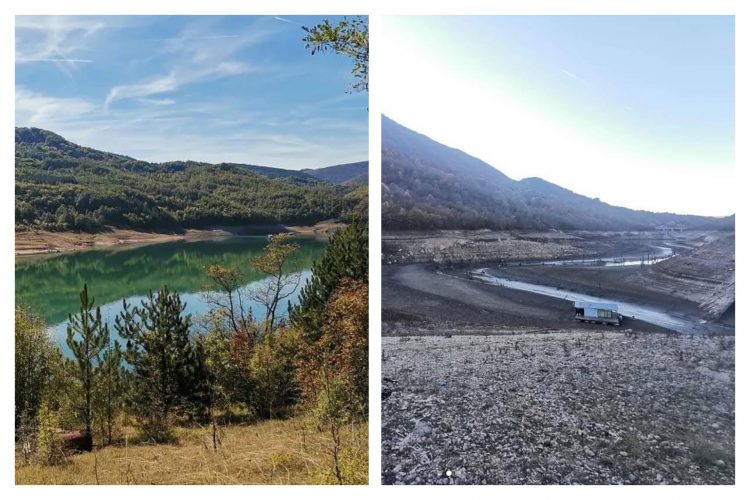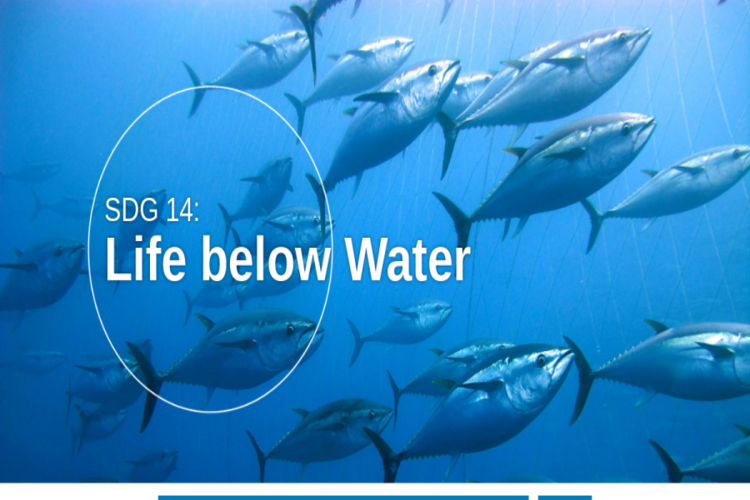Lately, video tapes of swimming garbage, floating chairs and even dead animals have become the new black. Black as our seas when there is an oil leakage, gray when there is ashes from thermal power plants in the water and very colorful when people take our rivers as the closest garbage can they can find.
How can there be life below water, without water in the river?
It is impossible to list all the rivers and seas in the world we have already lost and that are in the process of losing. For the purposes of this blog I will try to take a closer look into the situation in Serbia, considering the following: rivers crying out for help, wild landfills, laws that (or should) apply to them and what are our options if we want to see our rivers floating undisturbed?
To understand better how rivers are judged, we have to use their looks of course, because their intellect is not worthy without the good look. Weird, right?
We have 4 stages of water pollution. River springs and mountain streams made it to the first class with their extreme purity and clearness. Second one is like the economy class flights, they are not great, but you can make it through for a couple of hours. If you have ever tasted the coffee grounds on the bottom of your Turkish coffee by accident, you know how awful those goose bumps are. That’s exactly how water in the rivers that are at stage 3 and 4 are. Yucky.
Now that we have learned the ratings that our rivers can have, let’s check if any of them got into the final round.
The Danube is our most clean river and it is followed with Drina and Lim, but only with their first parts. Sadly, all the rivers that flow into Danube are making a disaster. Economy class is familiar with Sava and West Morava too. Tisa may be the second most famous river, but unfortunately it is between 3rd and 4th class. There is actually quite a list of sometimes beautiful rivers with green sides that were often accompanied with romantic picnics and children playing hide n’ seek between high forests; now of course used as a cliffhanger for plastic bags! Some of them are: Tamish, Kolubara, Great Morava and South Morava, Ibar, Nishava, Borska river, Lim & Drina at their lower flow. There are a few lakes that have joined the pollution party, Zavojsko & Potpecko lakes, the most recent catastrophe. (pictures say more than 1000 words I believe). No 1st place prizes for those ones, hack, not even the first 10 prizes.

So what is so wrong with those Serbian rivers you ask? The main cause for swimming garbage are (drum roll sound) - wild landfills.
According to the Environmental protection agency, in 2019 there were 2.305 registered wild landfills in Serbia and in the beginning of 2020 there were between 2.500 and 3.000 of them.
The ground around the wild landfills is seriously damaged and contaminated. Most of them are located about 100 meters from settlements and about 50 meters from the nearest river or lake. Beside the wild landfills junk is piling from the flows that are coming from other countries. Unfortunately, Serbia doesn’t have resources to deal with it’s own problem makers and especially not with the one outside.

Life below water has reduced in the last 30 years too. By building embankments along rivers and human negligence, we have destroyed natural fish hatcheries, and we are destroying the home for those who succeed to reproduce. Apart from poaching, pollution of water is the second root of downsizing of fish found.
Regarding the law that is supposed to stop these scenarios, there are actually more laws for punishing the people who clean the rivers and fields without proper permissions and procedures, than there are the ones for controlling the waste of the factories. Just a few days ago, there was a call out for help by a man named Miodrag Mihajlovich. His case is the most representative when explaining the laws that control unauthorized waste. Miodrag has done brave and amazing work by cleaning the river Toplica 10 years ago. However, because he could not wait anymore for national agencies to read his complaints and calls for help, he cleaned the whole river himself. For that heroic act he was served with more than 50 legal lawsuits for unauthorized cleaning, followed with millions of taxes and fines. He had to sell half of his property to pay out those fines.
Examples of good practice
Right now there are online campaigns that call all the people that are willing to participate in the cleaning of rivers, lakes and parks in Serbia. Action is started with the Instagram profile @ekostraza (eco-watch). They are posting news and events that are happening in Serbia considering air, water, land, parks and factory pollution and damage. They have supported the cleaning actions alongside @trashherobeograd and @ocisti_kraj organizations all over Serbia!
Cleaning actions welcome all people willing to take care of their environment, even the transportation is organized for farther places!
One more brilliant guest is done by the “Kreni-promeni” association(Come on-make a change). They are doing their work via online petitions. They have become very popular lately because they touch a variety of issues in our society and after collecting a certain amount of signatures (usually 35k) they submit the petitions to the parliament. By now they have made a huge impact, parliament decisions were taken back in just a few days!
What can be done? If you want to get something done, do it yourself.
Applicable for this situation! There is a brighter tomorrow after all and hope for your rivers and seas too!
Come on - make a change.


